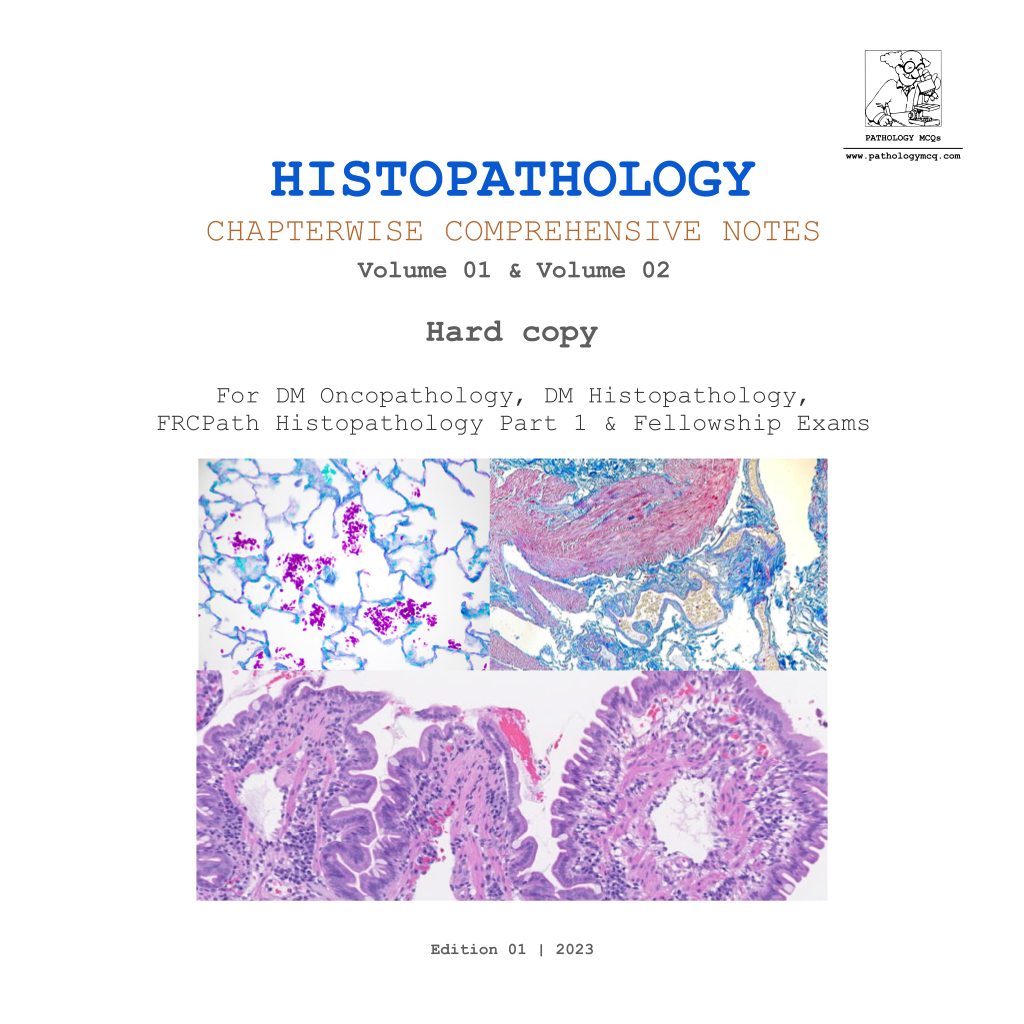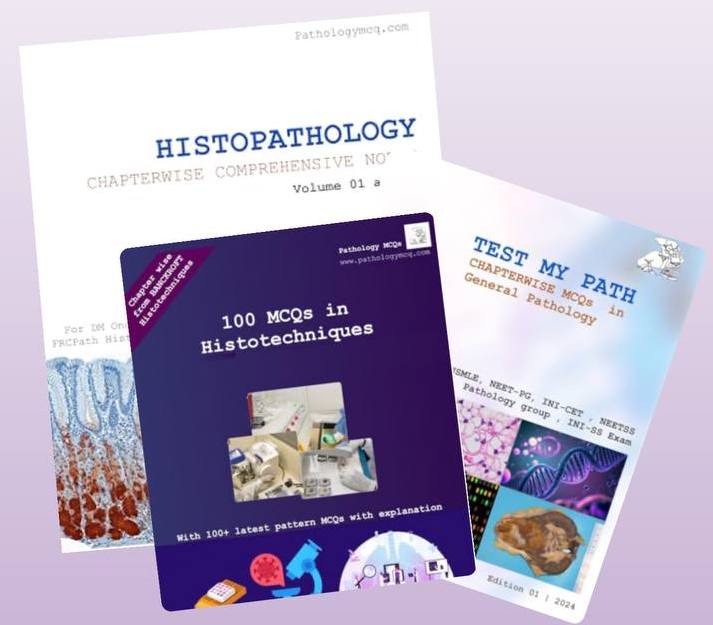Your cart is currently empty!
TYPES OF THYMOMA – ACCORDING TO WHO 2021
Published by
on
WHO 2021 Classification of Thymomas: An Overview
The World Health Organization (WHO) classification of tumors is a continually evolving system that reflects the latest understanding of how tumors behave, both biologically and clinically. In the 2021 update for the classification of thymic epithelial tumors, refinements were made to better categorize these complex tumors based on morphology, genetics, and clinical outcomes. Thymomas, originating from the epithelial cells of the thymus, are particularly nuanced given their variable clinical presentation and associations with autoimmune diseases such as myasthenia gravis.
Updated WHO 2021 Classification
Classification of thymomas according to 2021 WHO
| Type A thymoma |
| Type AB thymoma |
| Type B1 thymoma |
| Type B2 thymoma |
| Type B3 thymoma |
| Micronodular thymoma with lymphoid stroma |
| Metaplastic thymoma |
| Lipofibroadenoma |
The latest WHO classification maintains the structure of categorizing thymomas into different types based primarily on the morphology of epithelial cells and their relationship with the non-neoplastic lymphocytic component. Here’s a breakdown of the types:
- Type A Thymoma: Characterized by spindle or oval epithelial cells with few or absent lymphocytes. Type A thymomas are generally benign, with minimal risk of invasive behavior.

- Type AB Thymoma (Mixed): Contains both areas reminiscent of Type A with few lymphocytes and areas with more abundant lymphocytes. These tumors display a behavior that’s typically more benign, though they can be unpredictable.

- Type B Thymomas: This category is further subdivided based on the density and characteristics of lymphocytes versus epithelial cells:
- Type B1 Thymoma resembles normal thymic tissue (1)- Hassal’s corpuscles) and is populated heavily with immature T lymphocytes. Few epithelial cells in clusters <3 (2) These are usually benign.

- Type B2 Thymoma shows a higher density of epithelial cells compared to B1, mixed with lymphocytes. The risk of aggressive behavior increases in B2 thymomas.

- Type B3 Thymoma is predominated by epithelial cells with a sparse lymphocytic component and tends to behave more aggressively, with a higher likelihood of invasion and metastasis. Perivascular palisading of neoplastic cells noted (arrow)

- Metaplastic Thymoma: Biphasic spindle cells with dark and light areas

- Micronodular Thymoma with Lymphoid stroma: Nodular appearance due to demarcated nodules or interlacing strands of neoplastic cells that are reminiscent of those of type A thymoma. Background predominantly B cells with scattered secondary follicles
- Lipofibroadenoma: Resembles fibroadenoma of the breast. Fibrotic and hyaline stroma, focal adipose tissue, strands of bland appearing epithelial cells and a few lymphocytes. May contain Hassall corpuscles or calcifications
Classification of thymomas summary
REVIEW QUESTION
Which the following subtype of thymoma is shown in the image below?

Join our approach based course for useful tips, pitfalls, notes, reporting templates
and worksheets- find details below.
OUR COURSES/E-BOOKS

Courses:
Learn more >

Learn more >

E-Books in amazon kindle:
Learn more >
Leave a Reply